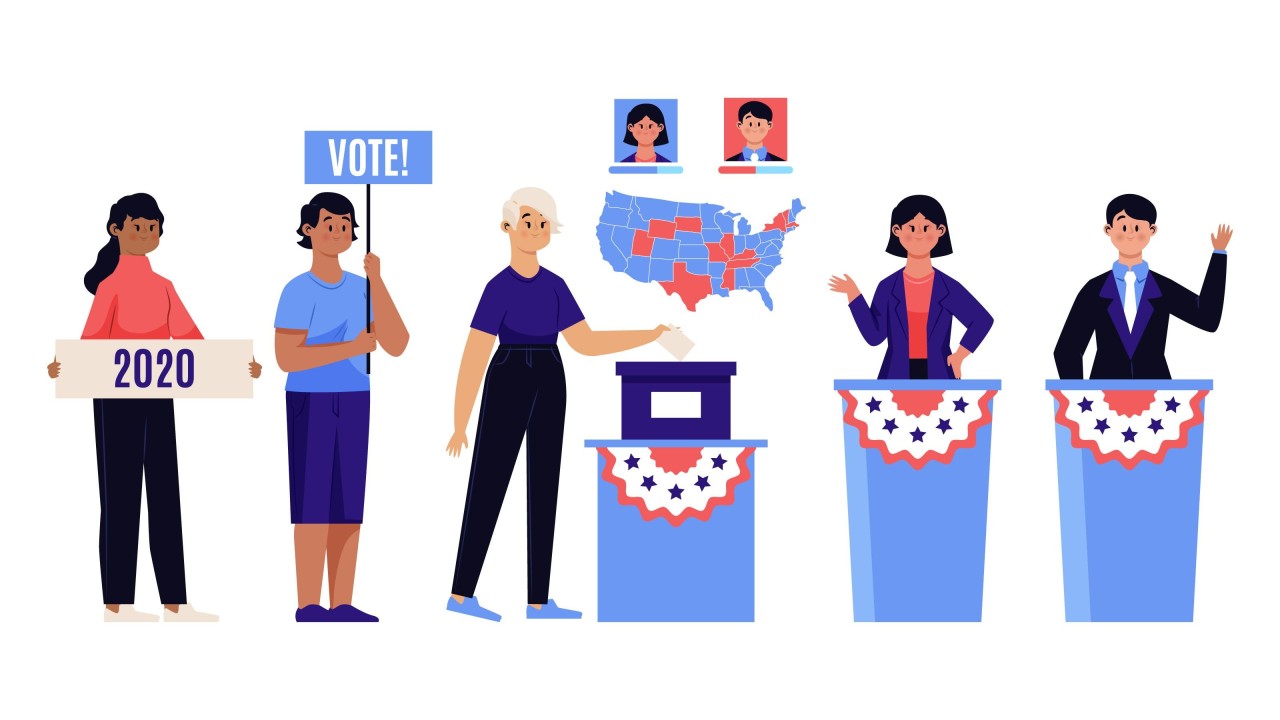AI is everywhere, from your phone’s keyboard to your music recommendations. But recently, it entered a space that raises big questions: politics. A new AI-generated video from the White House sparked both intrigue and outrage. The video, promoting a plan for Gaza, used flashy visuals, futuristic music, and surreal imagery featuring Elon Musk eating pizza and a golden statue of Trump to push a very real political message.
At first glance, many people thought it was a joke. “I thought it was a parody,” one viewer said. “But then I found out it was actually official.” That’s the unsettling part. In an age of misinformation, when deepfakes and viral AI content already blur reality, should our governments be jumping on the AI hype train too?
AI-generated media in politics raises a few serious concerns:
- Authenticity: Who made this video, and what message are they really pushing?
- Manipulation: AI can create emotionally persuasive content that doesn’t rely on facts.
- Accountability: If something in the video is false or misleading, who’s responsible—the human team or the machine?
Political ads have always been dramatic, but AI takes the performance to a new level. It’s not just about exaggerating, it’s about creating entire scenes and moods that never existed.
Some argue it’s just another tool, like Photoshop or animation. But when a government uses it, it’s not just branding, it’s policy communication. And that should demand a higher standard.
As AI gets more advanced, we need new norms and maybe even laws for how it’s used in the political space. Because once AI enters the campaign trail, the line between fiction and reality becomes dangerously easy to cross.

